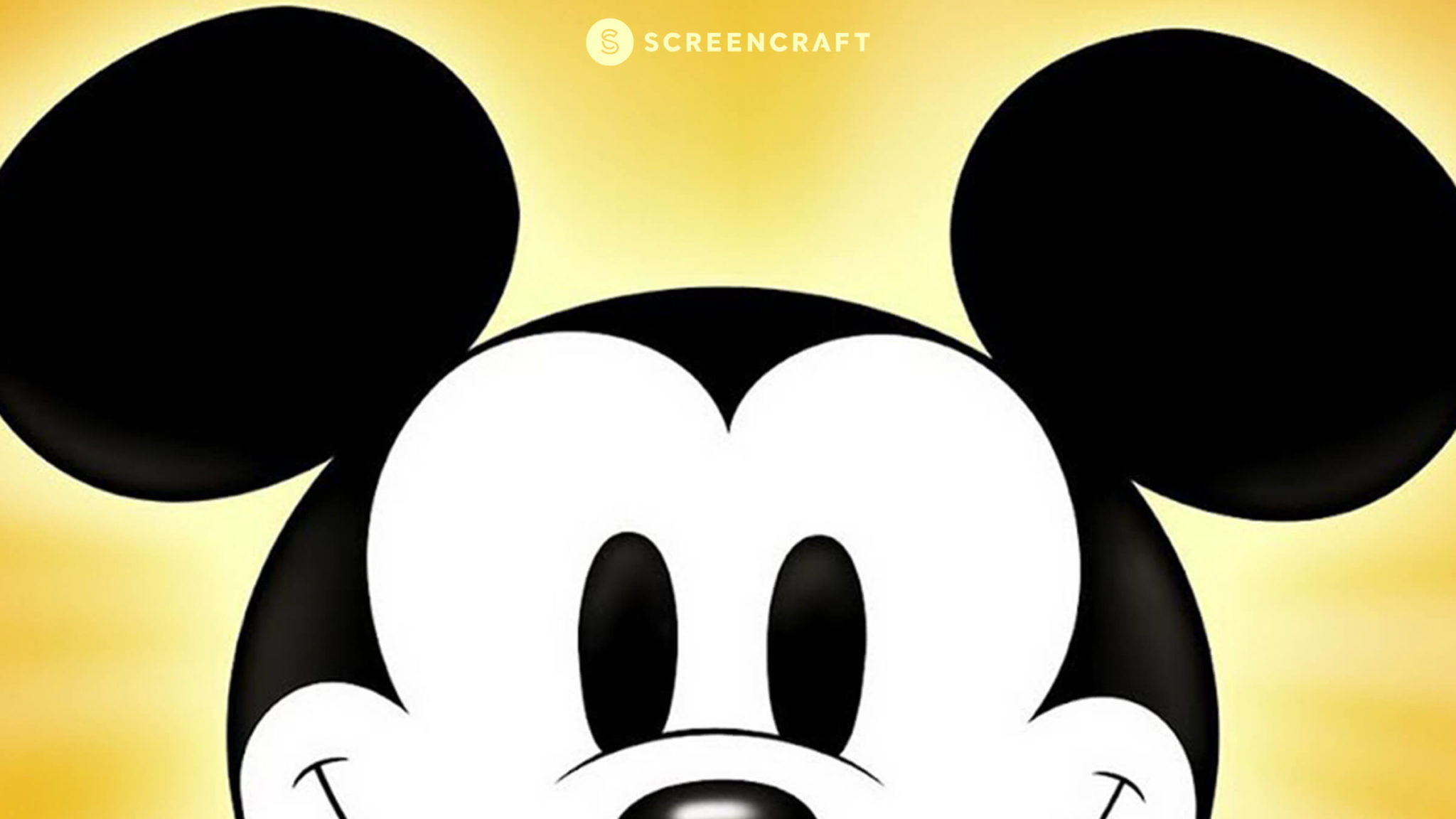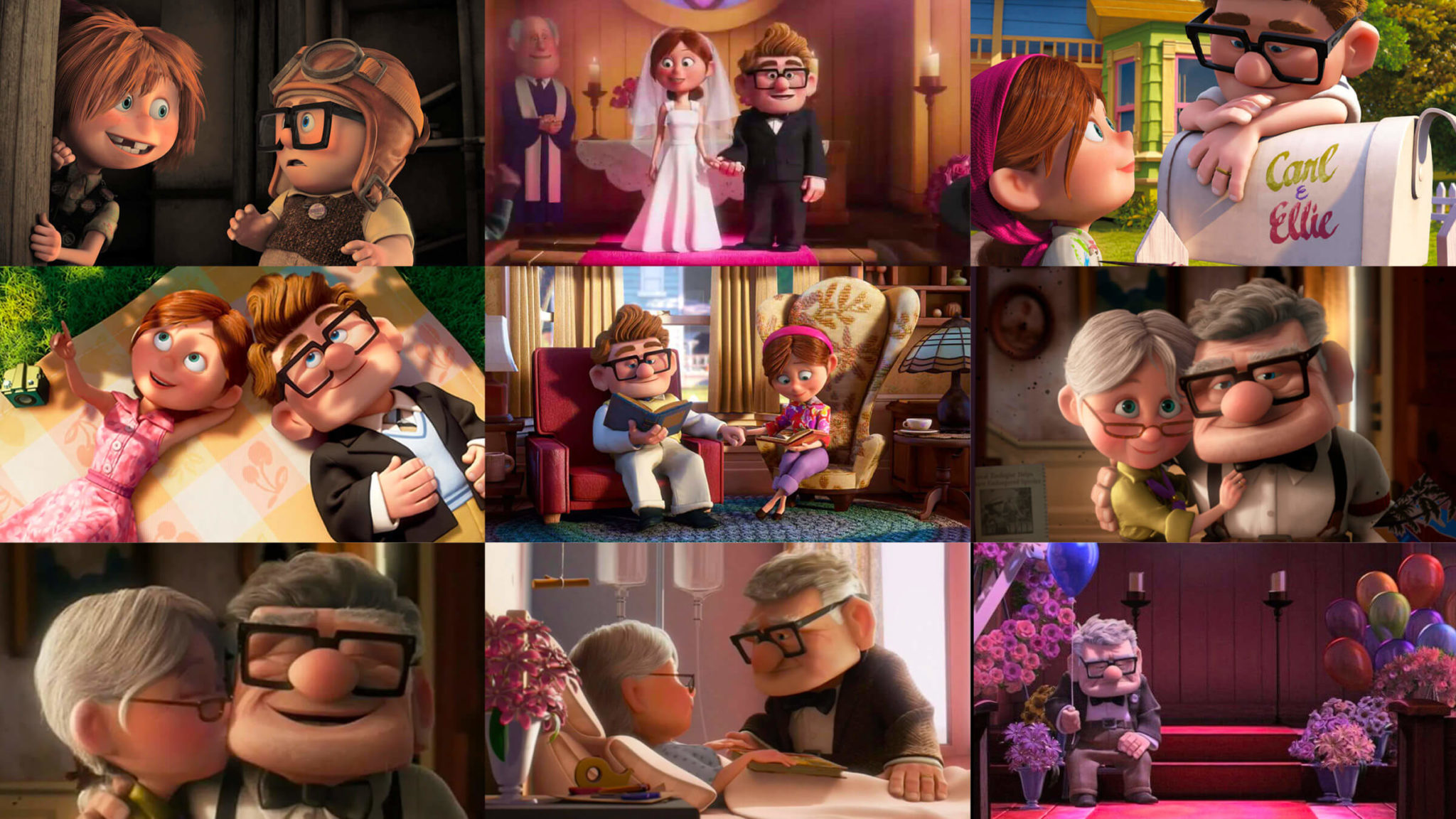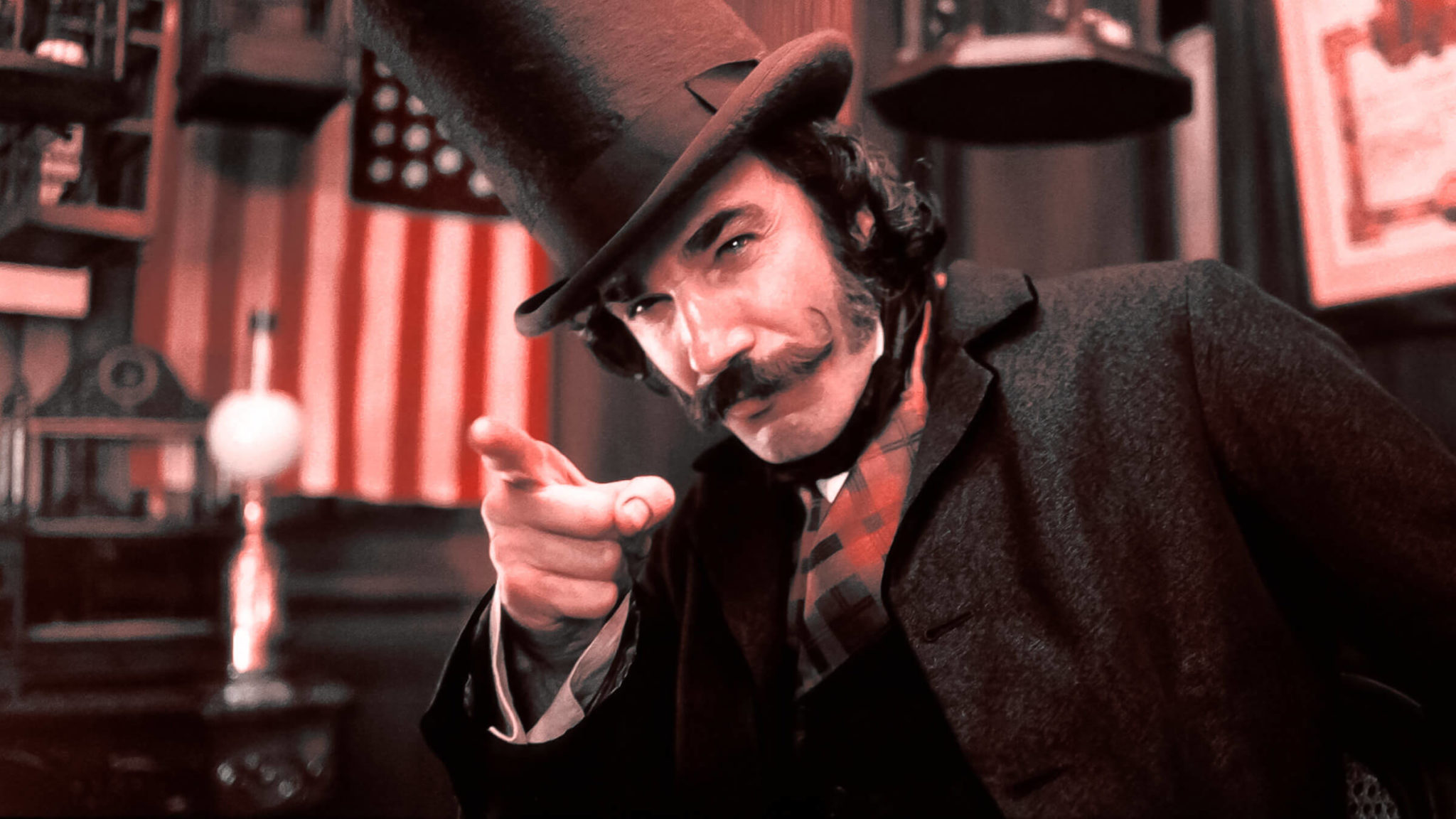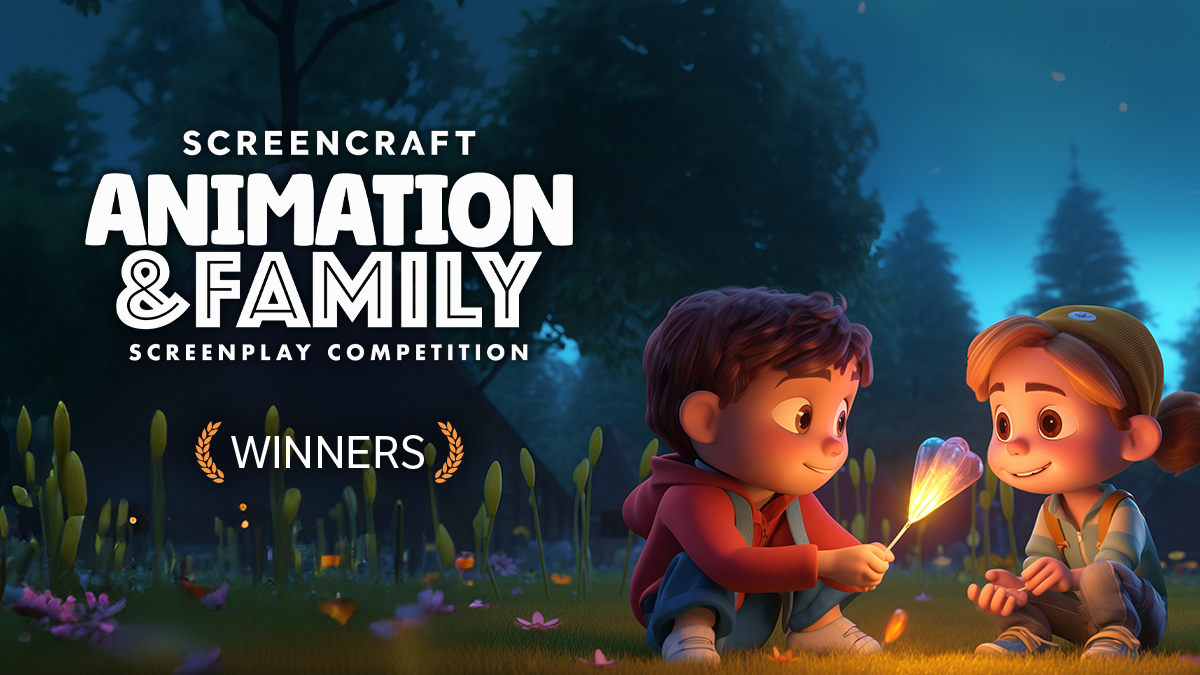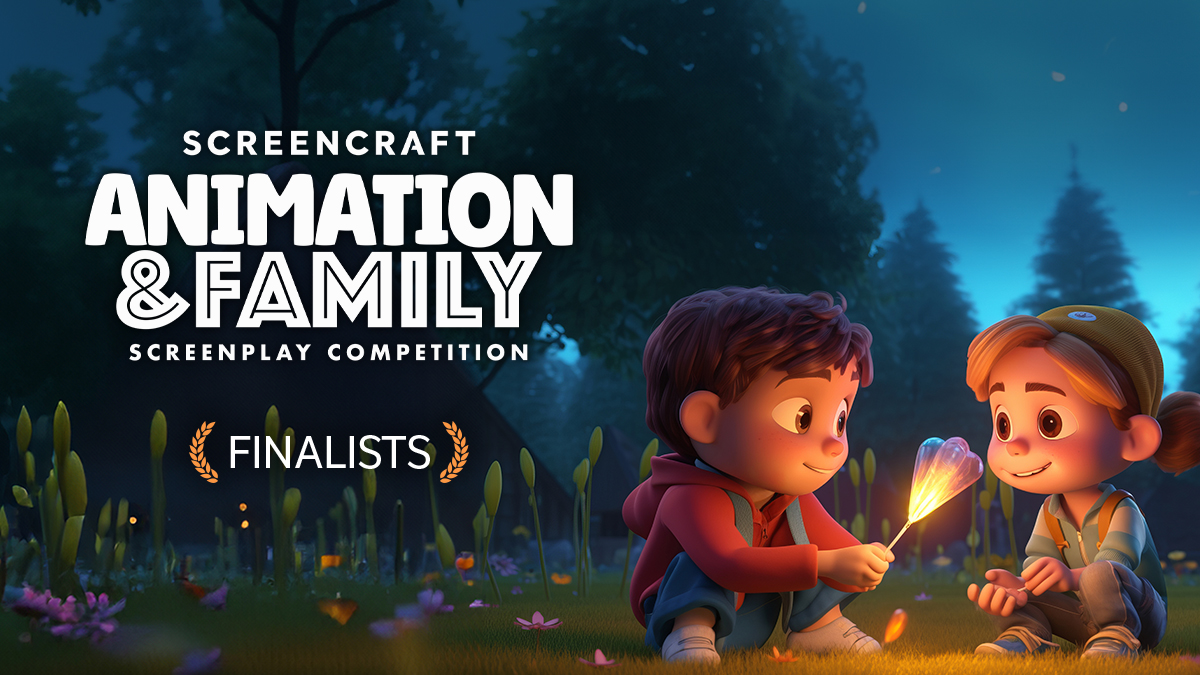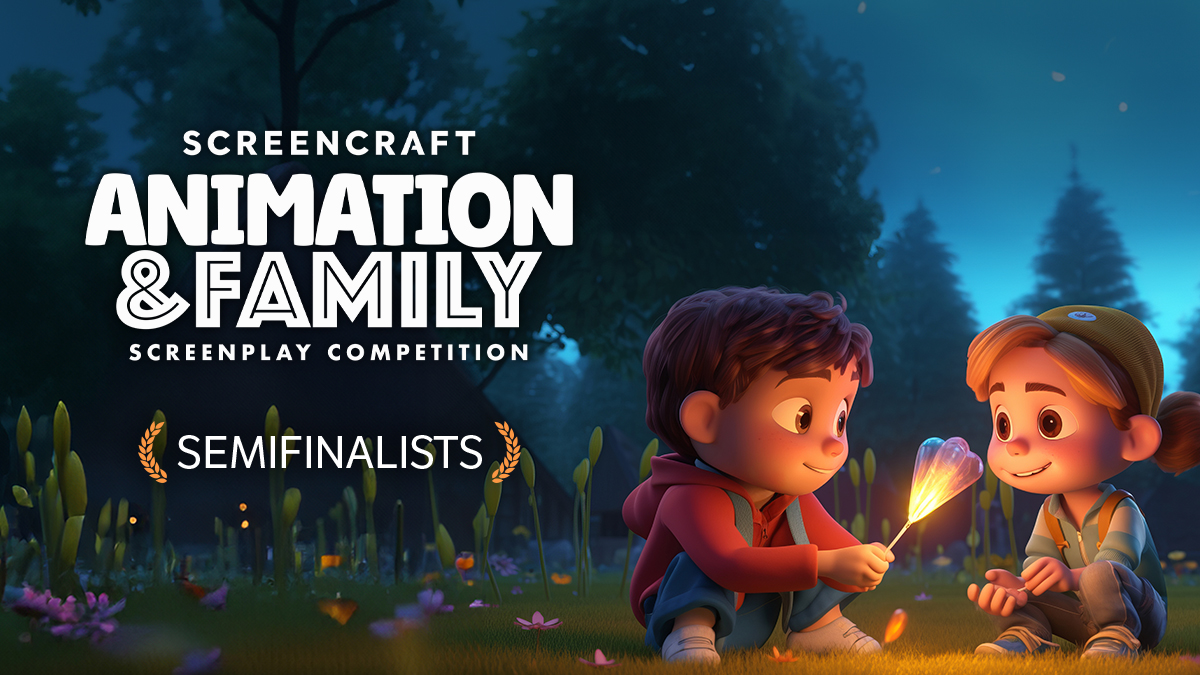What Mickey, Donald, and Goofy Teach Us About Character Development
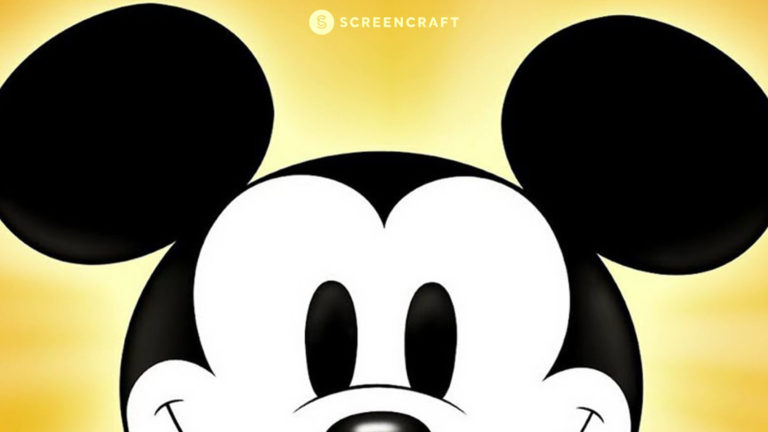
The new Disney Plus documentary, Mickey: The Story of a Mouse, goes into depth about the iconic character known worldwide by way of animated shorts, series, video games, books, comics, and movies. During that deep-diving doc, we learn the reasons why two other iconic characters were created. From this, we pull a simple but mind-blowing character development lesson.
Let's go over these classic Disney characters and delve into their character development.
Table of Contents
Who is Mickey Mouse?
It seems like a silly question because the character is recognized as a symbol of joy and innocence in virtually every corner of the globe.
Mickey Mouse was Walt Disney's answer to a character whose intellectual property rights were taken from him. Walt had initially created a character named Oswald the Lucky Rabbit for Universal Pictures. Several Oswald animated short films were produced by Disney's animation studio and released in theaters under the Universal banner from 1927 to 1938.
Read More: 15 Inspiring Walt Disney Quotes for Screenwriters
Rights issues later forced Walt to create a new character that he could have full control over. That character was Mickey Mouse, first making his public appearance in 1928'S animated short STEAMBOAT WILLIE.
The character went on to appear in over 130 films, ten of which were nominated for Oscars. The short LEND A PAW won the animated short Academy Award in 1941.
Mickey became an overnight sensation after the debut of Steamboat Willie. In the decades that followed, the almost 100-year-old character evolved into many strikingly different versions that reflected Walt Disney's life and the world around him as the years went by.
The character, having now appeared in animated commercials, shorts, series, video games, books, comics, and movies, also became the iconic face of Disney, both as a figurehead and logo.
Mickey Mouse's Character Development
As the years went by as Mickey's popularity grew, and as Disney grew as a pop culture powerhouse, the control of Mickey's character development changed.
If you watch the older shorts, Mickey is much different than what we've seen in the last half-century. He was a troublemaker of sorts. He also had an attitude that doesn't match what we know of him today. But as he became such an icon, the stories he was involved with called for a particular type of character.
Walt Disney explained:
"Too many taboos [were] put on to Mickey Mouse... he had to maintain a certain dignity."
These days, Mickey is the quintessential nice guy. For well more than half a century, he's been a do-gooder. And Disney storytellers weren't able to show him as anything but that.
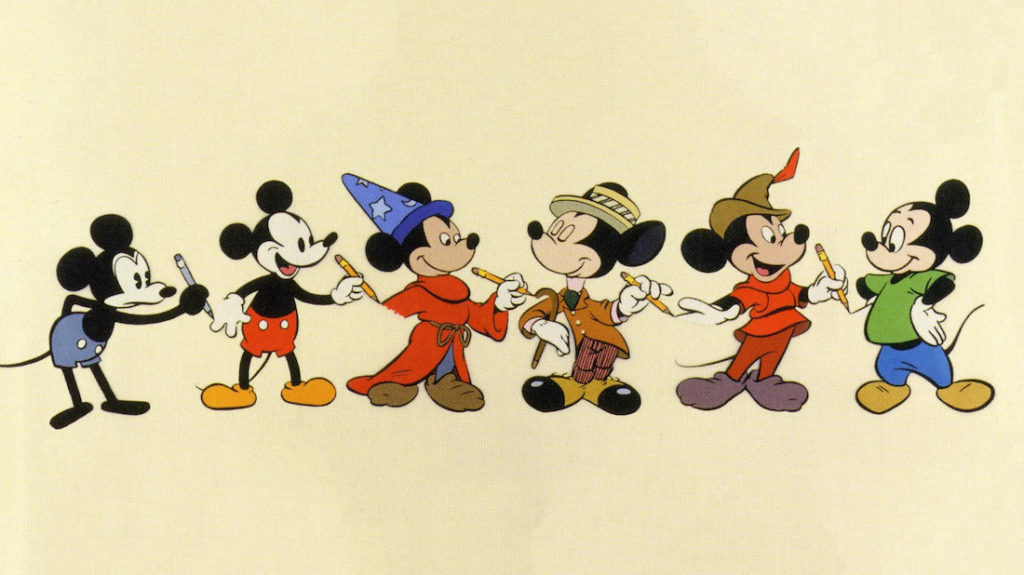
The Evolution of Mickey Mouse | The Walt Disney Archives
Why Donald Duck and Goofy Were Created
Disney explained:
"In order to give ourselves a latitude [for character development], we created this terrible-tempered Mr. Duck."
Story after story for Mickey was being rejected because they didn't portray the character as the Disney company wanted. The pitched stories presented him as:
- Too silly
- Too selfish
- Too angry
- Too violent
- Too dimwitted
They found out that pairing Mickey with two new characters that could take on those additional character dynamics would offer better stories while also protecting the core dignity of Mickey Mouse. Those characters were Donald Duck and Goofy.
They worked so well together in those first shorts that debuted in the later 1930s, primarily because their personalities rubbed off against each other so well.
Donald was getting Mickey's anger. Goofy was getting Mickey's silly side. That backfired somewhat because Donald and Goofy began to overshadow Mickey, who had then become somewhat of the straight man in the comedic dynamic between the three. Basically, Donald and Goofy were getting all of the laughs.
When Walt saw this, he wanted to create a feature that could bring Mickey back to the forefront. The character aesthetics were redesigned to the more contemporary look we know today via the celebrated Disney animated feature, Fantasia. Mickey starred in The Sorcerer's Apprentice piece of the animated anthology.
The story allowed Mickey to become a more emotionally emphatic character. He was allowed to make mistakes — and later atone for them. But the writers and animators never allowed him to sway too far beyond the dignified spectrum. Donald and Goofy retained their grumpiness and silliness, taking on those stories and characterizations. They would later be developed to contain further empathy and depth as they became involved with families of their own, showcasing the heart and (eventual) dignity that Mickey had.
What Do These Dynamics of Mickey Mouse, Donald Duck, and Goofy Teach Us About Character Development?
The relational dynamics between Mickey, Donald, and Goofy can reveal a lot about not only character development as a narrative function but the importance of including different types of supporting characters in your storytelling.
The Purpose of Supporting Characters
Supporting characters exist for a number of reasons:
- To make the protagonist better
- To make the story better
- To fulfill plot needs
In the case of Donald and Goofy, they were created to take on character dynamics that didn't fit the intended mold of Mickey, the protagonist.
- Mickey couldn't showcase anger towards a situation, so Donald did.
- Mickey couldn't be perceived as dimwitted or overly silly, so Goofy did.
Supporting characters can help you portray story dynamics that don't fit the characteristics of your protagonist. Some story and plot situations call for a reaction that can't be given by the hero.
- A threat may need to be taken out in a way that would conflict with the protagonist's established morals.
- Levity by way of silliness or humor may be needed without affecting the validity of the protagonist's stoic nature.
With the creation of Donald and Goofy, we know and understand that supporting characters can help further the story and offer more story and plot depth while retaining the focus of the protagonist's arc.
Read More: Understanding the 3 Types of Character Arcs
Character Inconsistency
Character inconsistency stands out like a sore thumb. Sure, all protagonists become better with depth. But you can and should only take things so far before you fall into character inconsistency.
Case Study: The Godfather
If you look at a film like The Godfather, you'll see this dynamic in play.
Michael Corleone is the lead protagonist, tasked with handling family affairs with a more even keel, as opposed to his brothers Sonny (Violent, Short-tempered, Immoral) and Fredo (Silly, Incompetent, Dimwittted, Cowardly).
The depth of Michael as a character is that he is forced to embody or combat the characteristics that his brothers have.
- He's going to need to make violent and immoral decisions.
- He doesn't want to come off as incompetent, naive, and cowardly as Fredo.
However, because we (and the Corleone family) can't have him fully take on those characteristics if he's going to be a consistent character, Sonny and Fredo must exist to shoulder those story and plot points.
Donald and Goofy Are Mickey's Sonny and Fredo
That's what Donald and Goofy teach us about character development. And that's what Sonny and Fredo teach us as well.
Supporting characters can be used to shoulder characteristics, actions, reactions, and story/plot points that the protagonists can't (or shouldn't).
Read More: 3 Types of Supporting Characters Your Protagonist Needs!
Ken Miyamoto has worked in the film industry for nearly two decades, most notably as a studio liaison for Sony Studios and then as a script reader and story analyst for Sony Pictures.
He has many studio meetings under his belt as a produced screenwriter, meeting with the likes of Sony, Dreamworks, Universal, Disney, Warner Brothers, as well as many production and management companies. He has had a previous development deal with Lionsgate, as well as multiple writing assignments, including the produced miniseries Blackout, starring Anne Heche, Sean Patrick Flanery, Billy Zane, James Brolin, Haylie Duff, Brian Bloom, Eric La Salle, and Bruce Boxleitner, the feature thriller Hunter’s Creed, and many Lifetime thrillers. Follow Ken on Twitter @KenMovies
Get Our Screenwriting Newsletter!
Get weekly writing inspiration delivered to your inbox - including industry news, popular articles, and more!



